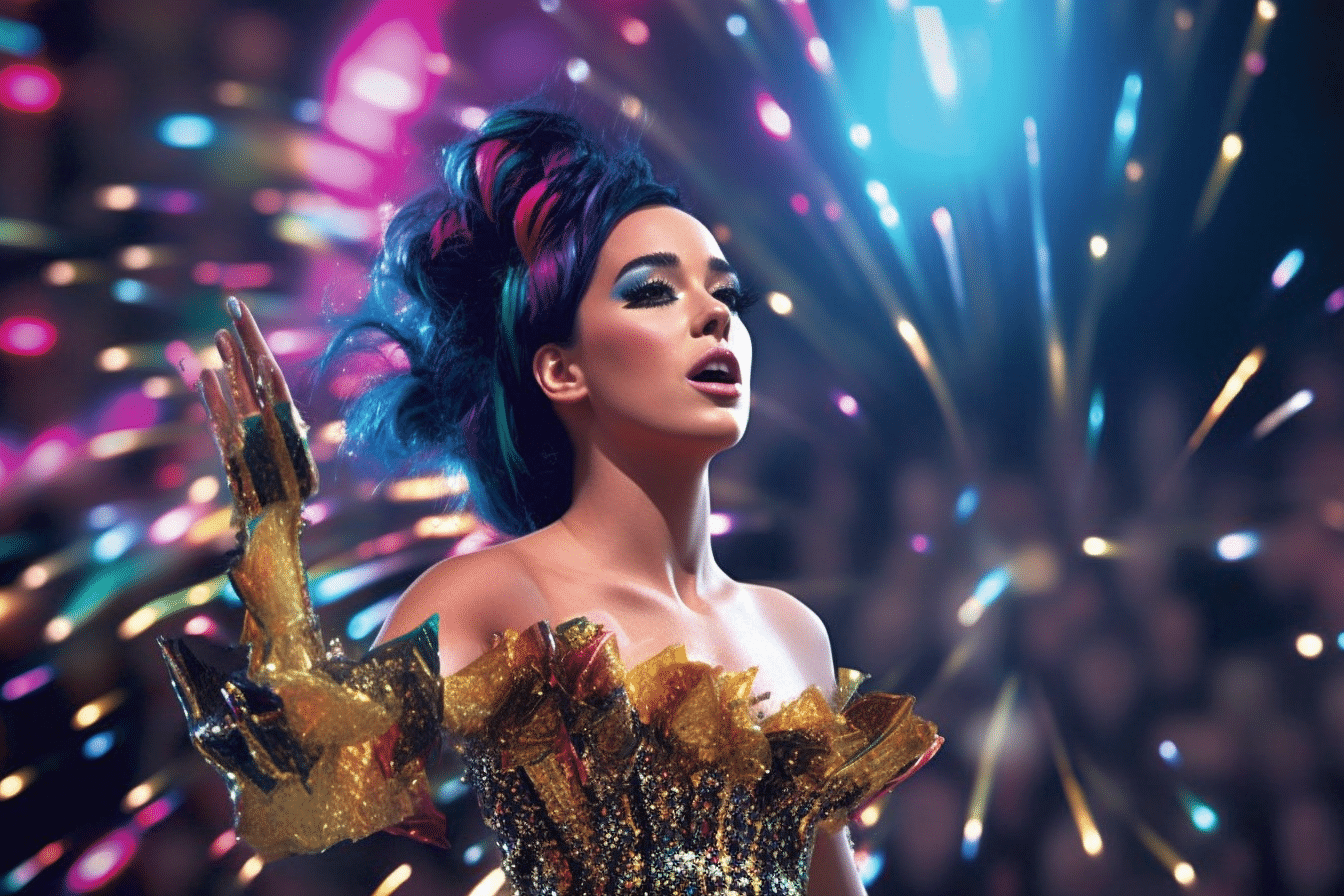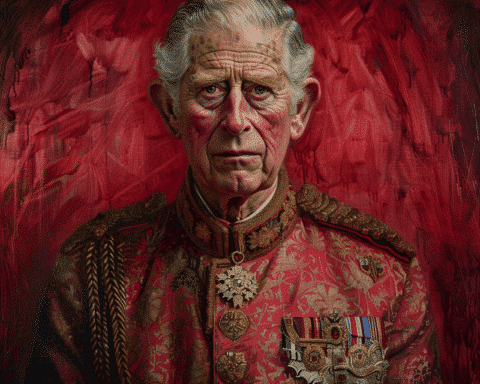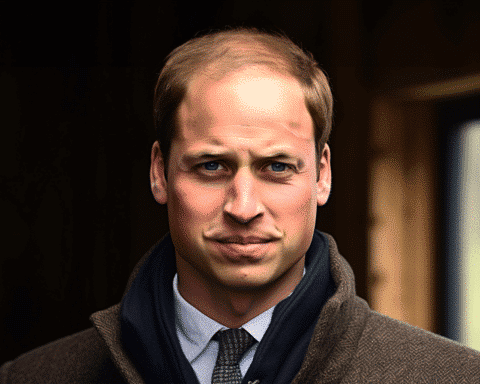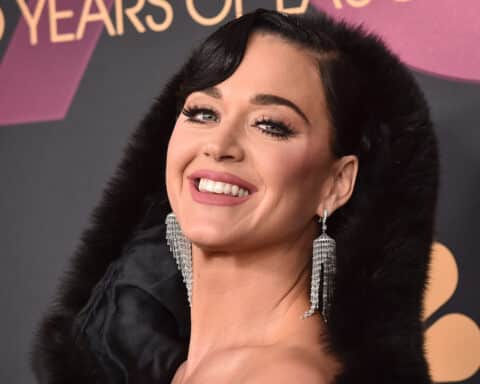Following the grandeur of King Charles III’s coronation with an ancient ceremonial rite, Sunday’s post-coronation festivities took a more informal approach as the U.K. celebrated with thousands of picnics and street parties in honour of the new king.
These community gatherings, part of a U.K. tradition known as the Big Lunch, aimed to foster a sense of neighbourhood camaraderie to celebrate the newly crowned king, despite diminishing support for the monarchy. Critics voiced concerns about the expenses associated with the coronation, especially amidst rising living costs and significant inflation.
As part of the celebrations, Sunday was filled with thousands of luncheons, accompanied by an evening concert at Windsor Castle featuring performances by Katy Perry, Lionel Richie, and 90’s boy band Take That. King Charles urged the citizens to participate in volunteering activities on Monday, a national holiday.
While the king and Queen Camilla were not expected to attend any luncheons, they planned to be present at the concert, which was set to include a speech by the king’s son and heir to the throne, Prince William.
The king’s siblings, the Duke of Edinburgh, Edward, Princess Royal, Anne, and their spouses, represented the royal family at the lunches. Edward attended a gathering in Cranleigh while his sister joined one in Swindon. The king’s nieces, Princess Beatrice and Princess Eugenie, the daughters of Prince Andrew, were scheduled to partake in a lunch in Windsor.
Prime Minister Rishi Sunak hosted U.S. First Lady Jill Biden and her granddaughter Finnegan Biden at a Big Lunch party outside his office. Other attendees included Ukrainian refugees and community activists.
Like other neighbourhoods holding street parties, Downing Street was festooned with Union Jack flags for the occasion.
These informal celebrations succeeded the magnificent pageantry of the coronation, which witnessed the crowning of the king and queen in Westminster Abbey, using age-old symbols of power like swords, sceptres, and a golden orb studded with jewels. The couple then paraded through the city streets in a gilded carriage, leading the largest ceremonial military procession since the coronation of Charles’ mother, Queen Elizabeth II, seven decades ago.
Despite the rain, hundreds of thousands of spectators lined the parade route, and nearly 19 million more tuned in on their televisions, according to ratings provided by Barb, a research organization. However, this figure is approximately 40% less than the viewership for the funeral of Queen Elizabeth II in September.
Charles and Camilla expressed their gratitude on Sunday, stating that they were “deeply touched” by the celebration and “profoundly grateful” for those who contributed to the grand occasion and the many who showed their support.
However, not everyone was there to celebrate. Over 50 protesters were arrested, including members of a Republican group chanting “Not my king” and environmental activists advocating for an end to fossil fuel usage.
Graham Smith, leader of Republic, a group pushing for the abolishment of the monarchy, was arrested during his peaceful protest and spent 16 hours in police custody.
Smith said, “These arrests directly attack our democracy and the fundamental rights of every person in the country. Every police officer involved on the ground should hang their heads in shame.”
The Metropolitan Police acknowledged concerns about the arrests but defended the force’s actions, with Commander Karen Findlay stating, “A coronation is a once-in-a-generation event and that is a key consideration in our assessment.”
Besides the lunch celebrations, a grand march of hundreds of troops took place in Glasgow city center to commemorate the coronation.
The festivities continued into the evening with the concert at Windsor Castle. The star-studded lineup included pop icon Katy Perry, timeless soul singer Lionel Richie, and the beloved 90’s boy band, Take That. The audience was thrilled with the performances, making the concert a fitting end to a day of celebration.
A speech from Prince William, the heir to the throne, also graced the concert. He expressed his pride in his father’s coronation and the unity shown by the British public on this monumental day. He also extended gratitude to all those who had participated in the festivities, emphasizing the importance of community during such significant historical moments.
King Charles and Queen Camilla, who had spent the day in private, appeared at the concert, cheering on the performers and enjoying the music. Their presence added a sense of royal authenticity to the event and was warmly received by the audience.
The day after the celebrations, on the national holiday declared for the coronation, King Charles encouraged citizens to participate in volunteer activities. This call to action was seen as a move to foster a sense of responsibility and unity among the British in this new era of his reign.
However, not all the news surrounding the coronation was positive. The arrests of over 50 protesters, including Republican and environmental activists, sparked controversy. Critics argued that these arrests infringed democratic rights, igniting a heated debate about freedom of speech and the monarchy’s role in contemporary society.
Despite these controversies, the day of the coronation and the subsequent celebrations marked a significant moment in British history. The nation came together to acknowledge King Charles III’s new era, even amidst the changing tides of public opinion toward the monarchy. The future of this reign remains to be seen, but for now, the memory of the grand coronation, the community’s Big Lunches, and the star-studded concert at Windsor Castle lingers in the minds of the British public.




